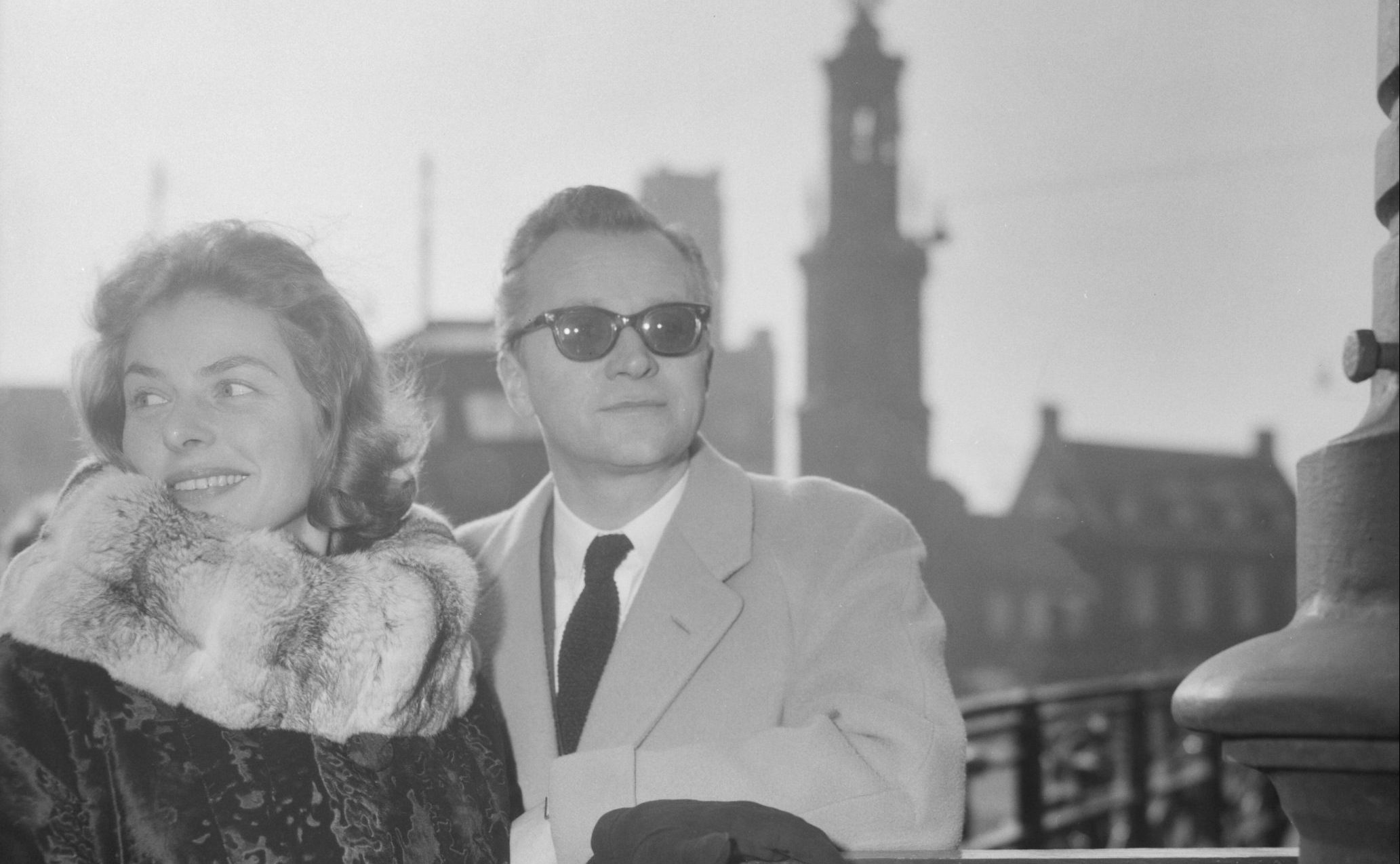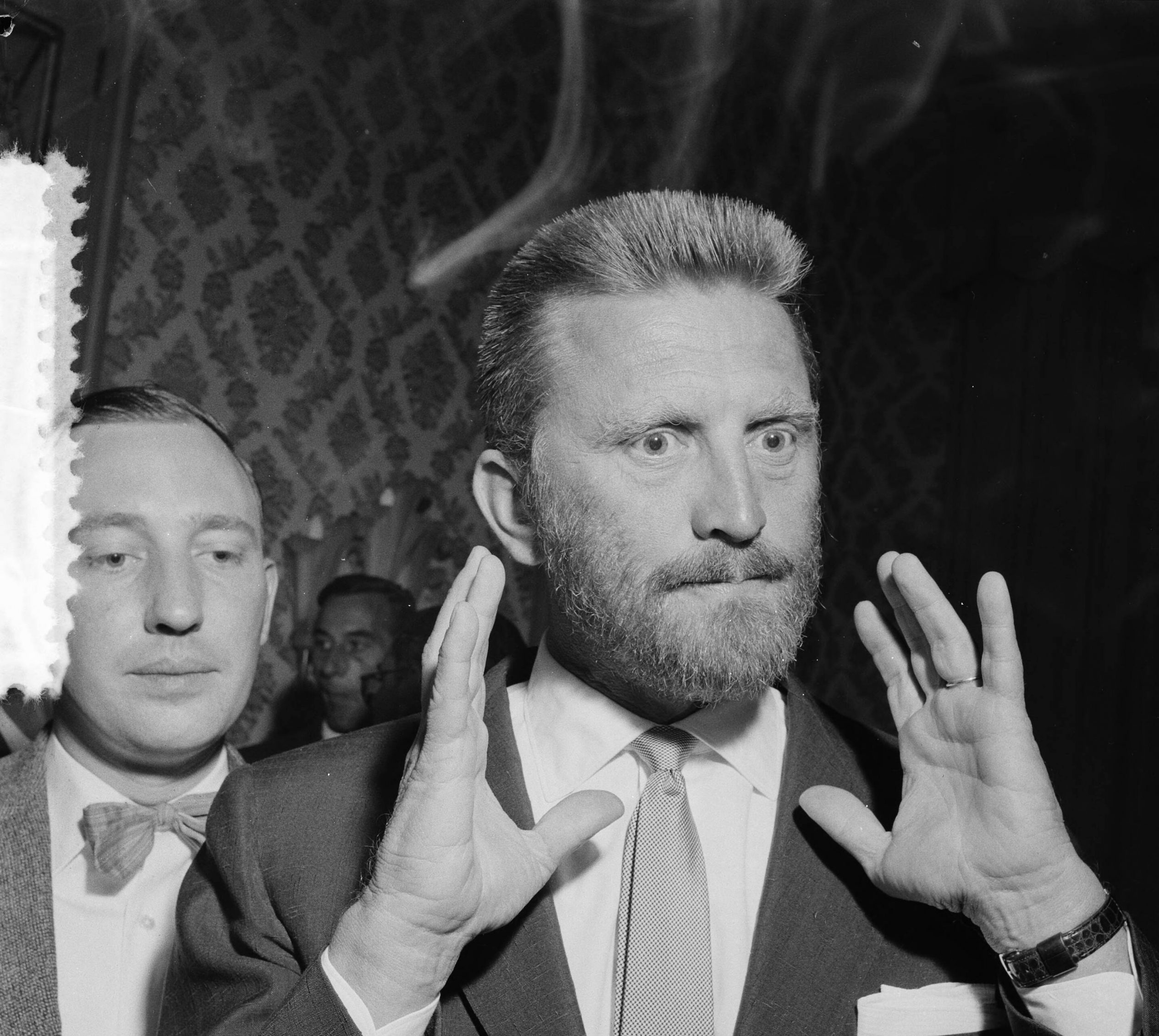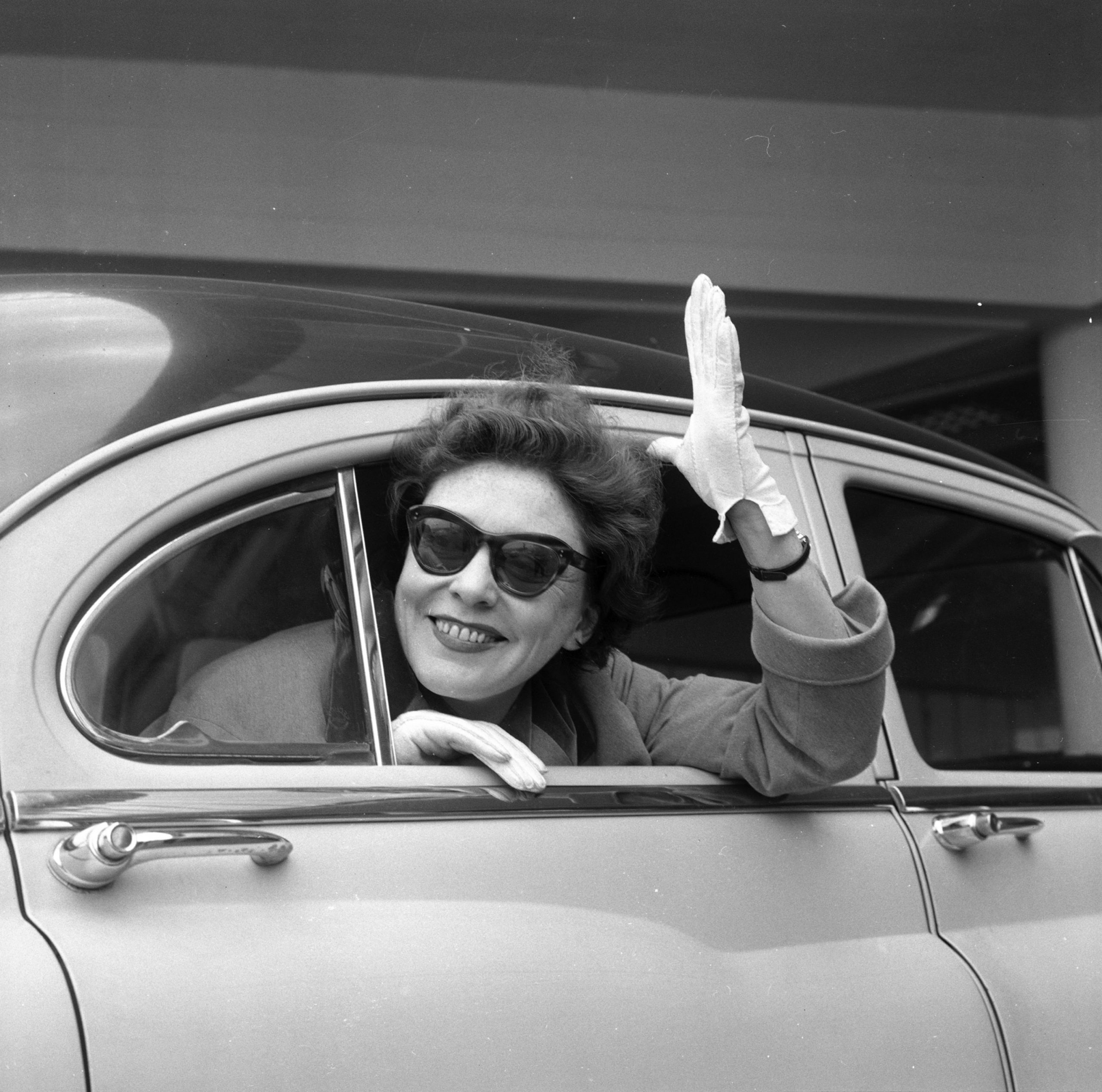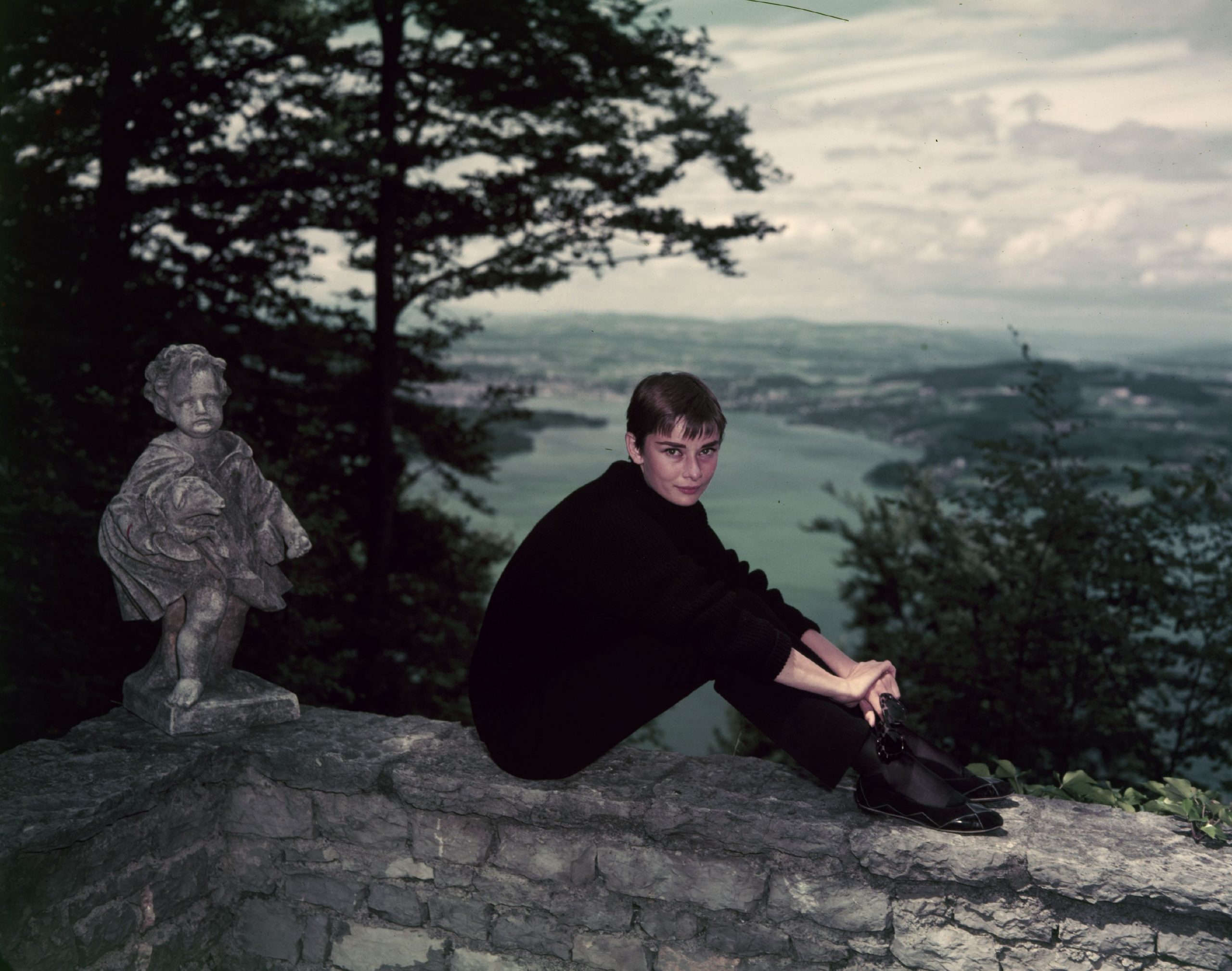Because of her role in the film series of the same name from the fifties, she was identified by a large audience as the young Empress Sissi: Yet Romy Schneider was more than Empress Sissi. Schneider came from a family of actors – she got her first film role in 1953 in Wenn der weiße Flieder wieder blüht [When the white lilacs bloom again] alongside her mother Magda Schneider.
At a young age, Romy Schneider attended the religious boarding school Goldenstein in Austria, which is housed in a 14th century castle: Hildegard Knef draws a sobering balance of this time in her biography of Romy Schneider. It was Schneider’s “first encounter with glacier-cold loneliness”, as Knef describes it. The focus of her education had been on religious aspects, her acting talent had been taken into account at first, but later it had been suppressed. She was accused, among other things, of her mother’s involvement in “adult” films – so-called “modesty” was very important in Romy Schneider’s education.
Sissi forever
Without any acting training, her mother then gave her daughter her first film role after school – it must have been like jumping into cold water. Romy Schneider had set herself the goal of becoming a well-known actress one day, but the path was not exactly going to be easy. Her well-known mother could only help her to a limited extent, apart from arranging her first film role.
In 1955 Romy Schneider impersonated the role of the young Empress Elisabeth of Austria-Hungary in the historical film Sissi: the film was so successful that two sequels were made of the historical drama. Romy Schneider’s mood had already reached a low point during the shooting of the last film in the Sissi trilogy: The adolescent actress – Schneider was 16 years old during the shooting of the first Sissi film – probably suspected that she would never get rid of the image of Sissi. Yet her acting talent allowed her to play a wide repertoire of roles – not only that of a member of the high nobility.
Schneider categorically ruled out a fourth Sissi film, although she was said to have been offered an astronomical fee of over one million Deutschmarks.
German audiences had labelled Romy Schneider as Sissi – her only hope was to make a name for herself in the international film world.
Luchino Visconti
Although the Sissi trilogy is still one of the most frequently screened film series from the fifties, the role became Romy Schneider’s undoing: many of her following films, which did not at all conform to the Sissi cliché, were slammed by German critics. German audiences in particular had labelled Romy Schneider as Sissi – her only hope was to make a name for herself in the international film world.
It was not until the 1960s that she would succeed: Through her fiancé Alain Delon, Romy Schneider met the renowned film and opera director Luchino Visconti. At a dinner with Visconti, the director offered her a role in the play ’Tis Pitty Shee’s a Whore, in which Alain Delon was to play the lead. The play was performed on a Parisian stage – as Romy Schneider did not speak French, she was initially far from enthusiastic about playing on a French stage. Moreover, her mother was adamant that no matter how many film successes she had now, she should definitely go to a provincial stage in order to learn her profession “properly”.
However, Visconti convinced Schneider to take on the role in the play and sent the actress to Paris for a few weeks to learn the French language.
It’s better to cry in a “Jaguar” than in a tram
Romy Schneider was to work with Luchino Visconti again in the following years, among others for the episodic film Boccaccio 70 (1962) or the historical film Ludwig II (1972). Romy Schneider soon abandoned the idea of continuing to make films in Germany: apparently, German audiences could only imagine Romy Schneider in a role with an imperial and royal air. Hildegard Knef discusses in her biography of Romy Schneider that from then on the actress was forced to give Germany a wide berth – if Schneider did not want to appear in the guise of the young Empress Sissi, she was not welcome.
Romy Schneider found a safe haven as an actress in France in the following years: there she starred in Orson Welles’ Kafka adaptation The Trial [Le procès] in 1962. Regardless of how unhappy Romy Schneider was with not being able to make films in the German-speaking world any more: In accordance with Françoise Sagan’s principle that it is better to cry in a “Jaguar” than in a tram, Romy Schneider led a life free of material scarcity.
She could choose the films she starred in.
La Piscine
In the film comedy What’s New, Pussycat? (1965) Romy Schneider starred alongside Peter O’Toole and Peter Sellers.
Another well-known Romy Schneider film of the sixties is La Piscine (1969): Although her affair with Alain Delon was long over, she starred alongside him in the thriller as Marianne.
In the seventies, Romy Schneider became the grande dame of French cinema, starring alongside Yves Montand in the drama César et Rosalie (1972). At this time Romy Schneider was without question at the artistic peak of her career. She could choose the films she starred in: she said herself at the time that she cherry-picked the role offers. From now on, the centre of Romy Schneider’s acting career was exclusively in France: the German film industry’s demand that Romy Schneider always play a role similar to Sissi kept her from shooting in Germany again for the rest of her life.
Expelled from Germany – welcomed in France
Although the role of Sissi meant Romy Schneider’s rise to stardom, the role stood like a bad omen over her entire career: German audiences in particular could no longer imagine Schneider in any other role and gave the actress no chance to prove herself outside the royal-imperial subject. In the French films of the seventies, Romy Schneider embodied a modern type of woman: her image from the seventies had little to do with the Sissi image of the fifties. At the height of her career, Romy Schneider had become a Frenchwoman: Schneider identified with the French way of life and separated almost completely from her German-speaking roots. This had not least to do with the fact that Romy Schneider was “expelled” from Germany, as the film scholar Werner Sudendorf later explained in an essay: Romy Schneider did not want to be reduced to a single role throughout her entire career.
To this day, the prevailing opinion is that Romy Schneider never fully exploited her acting talent – she never completed the apprenticeship years on the provincial stage that her mother urged her to do. Nevertheless, Romy Schneider has a firm place in French film history – the French took Schneider to their hearts as the grande dame of cinema.
Main source: Knef, Hildegard: Romy Schneider. Betrachtung eines Lebens [Reflection on a Life], Moewig publishing house 2007
Cover picture: Film premiere at the Palais Garnier, Paris “The Cardinal” with Romy Schneider and Anthony Quinn
Picture credit: ETH-Bibliothek Zürich, Bildarchiv / Photographer: Metzger, Jack / Com_L12-0401-5028 / CC BY-SA 4.0

 Deutsch
Deutsch Français
Français









